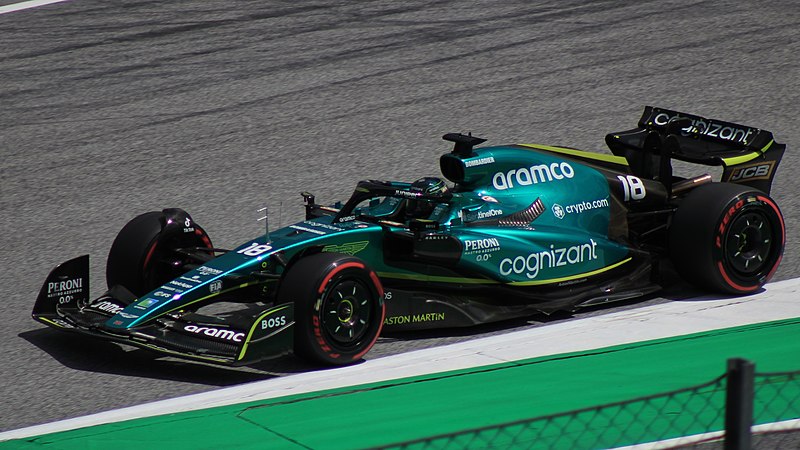![]() By SWL staff
By SWL staff
November 19 2019, 11.25
Follow @SW_Londoner
After being in the planning stages for some time, 5G is finally seeing its rollout within London.
With enormous potential advantages for private and professional use, this technology has many early adopters excited.
But what does the average user need to know, and how necessary will 5G be in your mobile future?
What is 5G?
5G stands the fifth generation, referring to what is essentially the fifth large generational leap which mobile technology has seen since the late 1970s. This latest leap looks to massively improve a range of facets related to mobile connectivity. That is, once the rollout becomes more widespread.
Using online generated maps of London’s 5G coverage, we can see that even on the largest networks, the current range is minor. While Westminster and Piccadilly seem to be performing well on this front, the majority of the rest of the city is still firmly rooted in 4G coverage.
This is to be expected with early rollouts, but the effect is more pronounced with 5G due to inherent issues with the way the technology operates. In simple terms, 5G signals cannot travel as far as 4G signals. They also lack considerably in their ability to penetrate walls, compared to their older counterparts.
Combined, these issues mean that 5G installation requires a great deal more antennas to be built. This not only comes with a great cost but also brings up issues with building consents.

So what’s the big deal?
The major advantages of 5G implementation come from a higher possible quantity of connections, and the speed of these connections, measured in bandwidth and latency.
Current 4G networks, even in ideal conditions, can support a maximum of 100,000 devices per square kilometre. 5G connections can manage up to a million. This might seem unnecessary, but as mobile phones become all the more ubiquitous, with some users even carrying multiple on their person on a daily basis, this will become a growing issue in the future.
Many of us have dealt with slow connections during concerts or festivals, and 5G aims to reduce this problem.
The speed factors are similar in that their importance will vary heavily based on a person’s use-cases.
If you want to use the mobile network to stream ultra-HD video, then 5G’s up to tenfold speed increase could be a lifesaver. On the other hand, if you use the mobile network for online casino games, for example, such as blackjack, slots, or roulette, your data requirements will be served just fine with the current 4G network.
This is the bandwidth end of the equation, which refers to how much data can be transmitted over a certain amount of time. Latency, the other side of this, relates to how long it takes data to perform a round trip.
If you’ve had a fast internet connection take forever to have a webpage to respond after a clicking a button, this is often the fault of high-latency. While the advantage here will be less pronounced than with bandwidth, it should still see improvement.

Beyond 2020
The limited coverage of 5G means that the first to see its implementation will be the biggest cities. Living in the capital, this gives us the first look, allowing London to first experience the new network infrastructure. However, don’t rush out and buy a 5G phone just yet, as prices should have dropped significantly by the time full network coverage becomes more usable.




